Clinical Exchange in Japan
Welcome to Japan and Nagoya University school of Medicine!
Experience report
Name: Fu Zhenkai
School: Peking University
Study Period: November 18th to Decdmber 13th , 2024
Departments: Neurosurgery (2 weeks) and Thoracic Surgery (2 weeks)
During my clinical rotation in the Department of Neurosurgery at Nagoya University, I had the privilege of observing and participating in a diverse range of surgeries involving the brain and spinal cord. These included cases addressing brain tumors, cerebral aneurysms, and spinal cord injuries, which provided me with an in-depth understanding of the complexities and precision required in neurosurgical procedures.
The surgical component of my internship in the Department of Neurosurgery was one of the most formative aspects of my training. I had the opportunity to observe a wide range of neurosurgical procedures, including craniotomies, spinal surgeries, and minimally invasive techniques. The surgeries were performed with precision, and I was struck by the meticulous planning that went into each procedure. The surgeons utilized advanced imaging techniques, such as intraoperative CT and neuronavigation systems, which allowed for high precision and safety during surgery.
The morning meetings, or "case discussions," were another highlight of my experience in the Department of Neurosurgery. One unique aspect of these meetings was the frequent use of English in the discussions, particularly when presenting complex cases. The use of English allowed for better communication and collaboration among the team members, many of whom had varying levels of proficiency in Japanese. This practice of using English not only facilitated smooth interactions but also provided me with a unique learning opportunity, as it allowed me to understand complex medical terminology and concepts in both Japanese and English.
Observing the advanced surgical techniques, as well as being part of case discussions conducted in English, significantly improved my understanding of the field. The opportunity to witness firsthand the integration of technology in neurosurgery and the emphasis on collaborative decision-making in the department will undoubtedly shape my future approach to medical practice. I am grateful for this unique experience, which has not only advanced my clinical skills but also broadened my perspective on global medical practices.
During my clinical internship, I had the opportunity to participate in a microsurgery suturing training, which was an invaluable experience. The training was divided into two main parts: suturing on a regular model under direct vision and performing suturing under a microscope. In the first phase, we practiced basic suturing techniques on regular models, which helped me build a solid foundation in tissue handling and understanding the importance of precision when placing sutures. The second part of the training, which involved suturing under a microscope, was particularly challenging and insightful. It was fascinating to observe how microsurgical suturing techniques are crucial in fields like neurosurgery and ophthalmology, where small tissue structures must be carefully repaired.
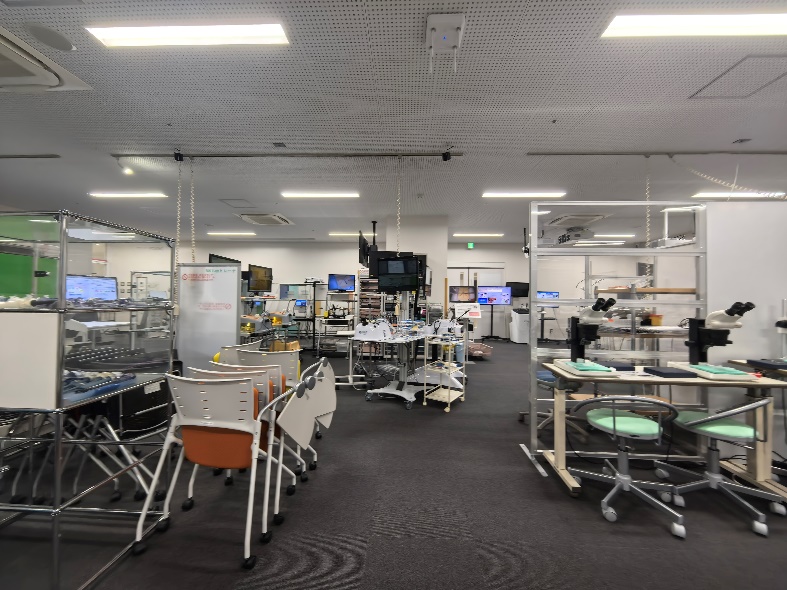
Clinical Skills Training
Under the guidance of Dr. Okumura and Dr. Iwami, I gained valuable insights into surgical techniques, pre- and post-operative management, and the decision-making process in treating neurological disorders. Their mentorship not only enhanced my clinical skills but also inspired me to pursue further excellence in this field. This rotation was a transformative experience that deepened my passion for neurosurgery and reinforced my commitment to improving patient outcomes.
6.The Experiences at the Department of Thoracic Surgery
The internship comprised both ward rounds and surgical procedures, each offering unique learning experiences. One of the most valuable aspects of my experience in the thoracic surgery department was participating in daily ward rounds. I had the opportunity to engage with the patients, learning to take thorough histories and perform basic clinical assessments. I also had the chance to observe how Japanese surgeons communicate with patients, particularly the way they explain diagnoses and treatment options. It was evident that the emphasis was placed not only on medical expertise but also on creating a compassionate and supportive environment for patients.
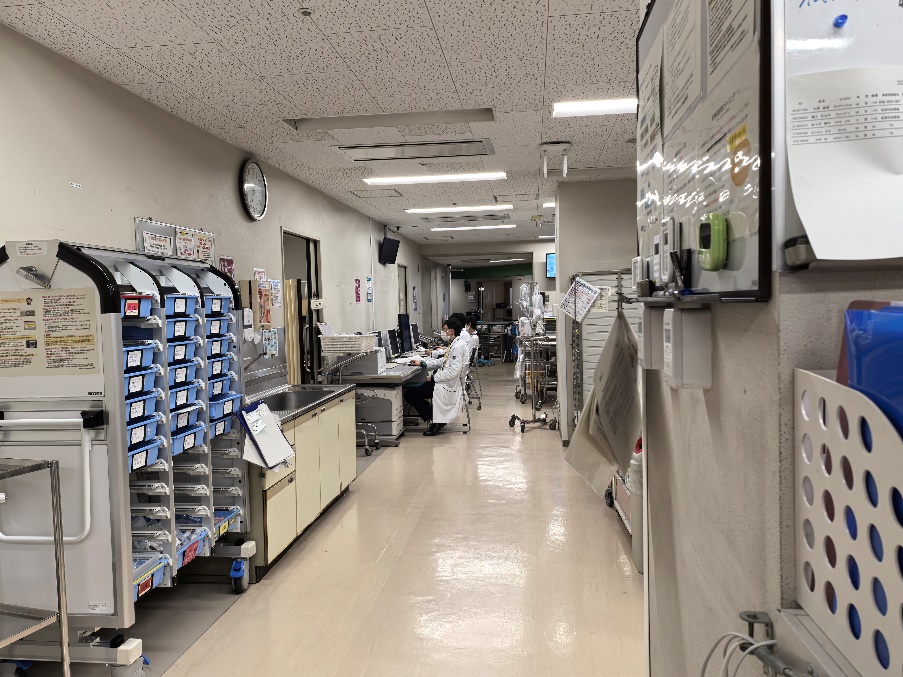
Morning Ward Rounds
The surgical component of my internship was equally insightful. Under the guidance of Dr. Mizuno, I was fortunate to observe several thoracic procedures, including lobectomies, pleurectomy and so on. The surgical techniques employed at Nagoya University were state-of-the-art, and the precision with which the surgeons performed each procedure was remarkable. During these surgeries, I had the opportunity to observe the technical aspects of thoracic surgery, including the importance of surgical planning, precision in tissue dissection, and careful management of vital structures such as blood vessels and the lungs. The surgeons emphasized a meticulous approach, ensuring that every step of the surgery was performed with maximum safety and efficiency. I was particularly impressed by the use of minimally invasive techniques, which resulted in quicker recovery times and fewer complications for patients. It was a great learning experience to observe the integration of modern technology and techniques in a surgical setting.
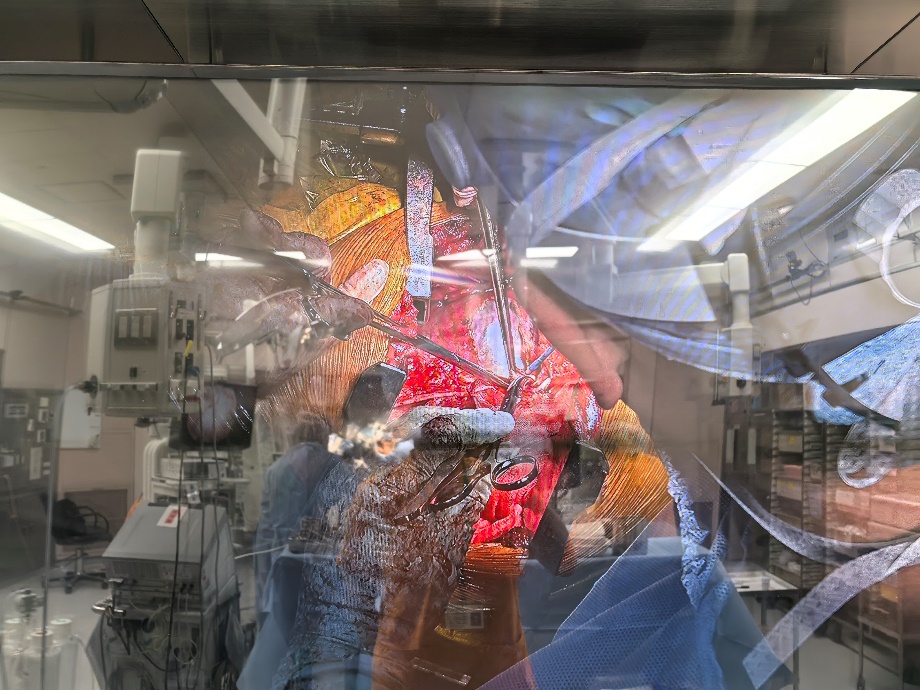
Observing Surgery
The internship in the thoracic surgery department at Nagoya University was an invaluable experience that greatly enhanced my clinical skills. I gained a deeper understanding of thoracic surgical practices and the emphasis on patient-centered care within the Japanese healthcare system. The exposure to a multidisciplinary team approach and advanced surgical techniques has been instrumental in shaping my future aspirations as a medical professional. I am grateful for the opportunity to be part of such a dynamic and supportive learning environment, and I am confident that the knowledge and skills I acquired during this internship will be essential in my future career as a surgeon.
7.The Experiences Beyond the Clinical Rotation
Beyond the academic and clinical aspects of my exchange program, my time in Japan provided me with invaluable cultural experiences that enriched my journey both personally and professionally. During my free time, I had the pleasure of exploring Japan's rich culinary culture with my fellow students, who came from China, Japan, and various parts of the world. Sharing meals and discovering new flavors was a highlight of my experience. One of my most memorable culinary experiences was tasting Nagoya's famous unagi (eel) rice, or unadon. It became one of my favorite dishes, and I found myself often returning to the local eateries to indulge in this delicious comfort food.
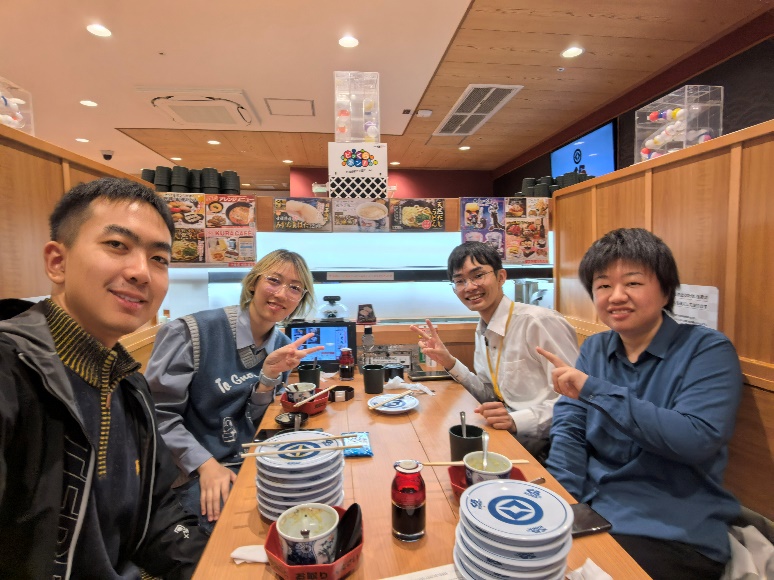
Exploring the Cuisine around with Fellow Rotating Students
In addition to food, I took advantage of the weekends to explore some of Japan's most beautiful historical and natural landmarks. I visited Kamakura, with its Enoshima Island and serene temples, and Kyoto, where I wandered through the peaceful Fushimi Inari Taisha Shrine and admired the elegant Kiyomizu-dera Temple. Nara’s ancient temples and the iconic deer roaming freely in the park provided a tranquil experience. Each city offered its own unique charm, from the breathtaking natural beauty to the deep sense of tradition that still thrives in modern Japan.
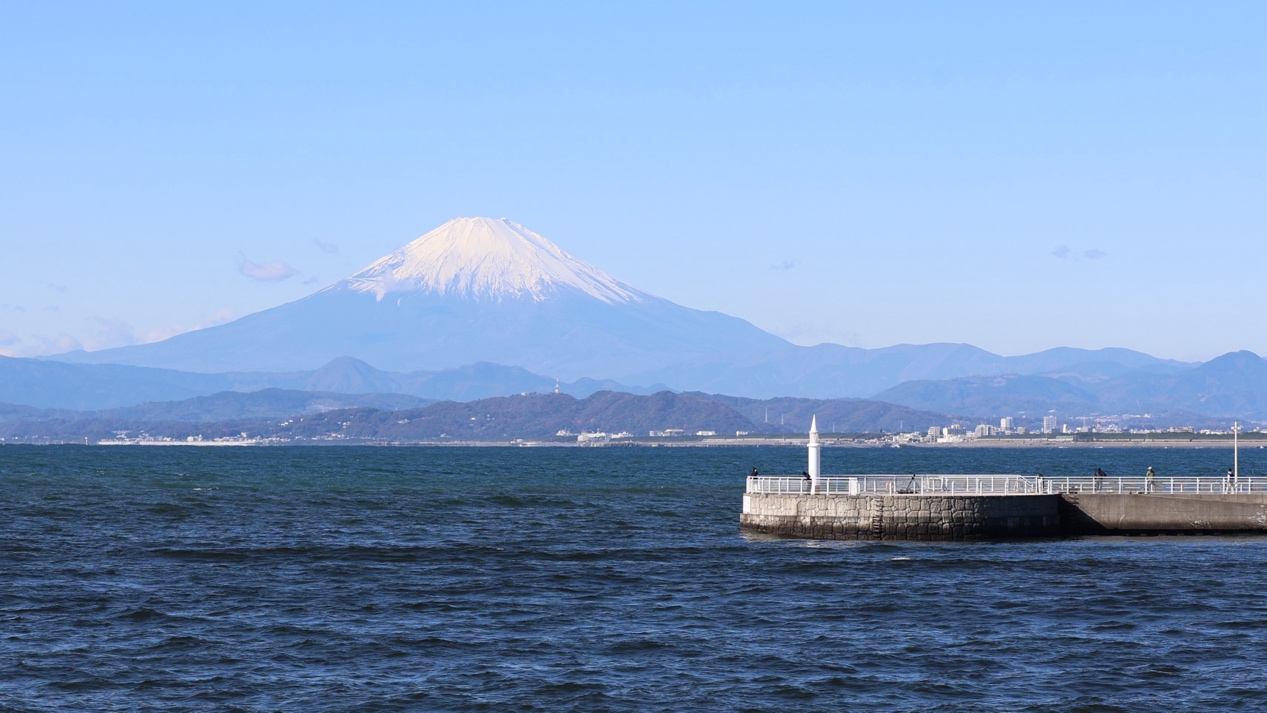
Kamakura
These experiences not only allowed me to immerse myself in Japan’s cultural richness but also provided a sense of balance and relaxation outside of my academic commitments. The time spent with friends from different backgrounds, exploring the scenic beauty and history of Japan, has deeply enriched my understanding of the world and broadened my horizons. I am grateful for these opportunities to connect with people and places that have left a lasting impression on me. The exchange experience at Nagoya University allowed me to deeply experience Japan's unique cultural atmosphere. The refinement, modesty, and politeness of Japanese culture provided me with a more comprehensive understanding of Japanese society. Whether interacting with local residents in daily life or engaging with Japanese students and professors, I experienced the strong emphasis on courtesy and respect in Japanese society. This gave me a profound understanding of the humility and etiquette that characterize Japanese people’s way of treating others.
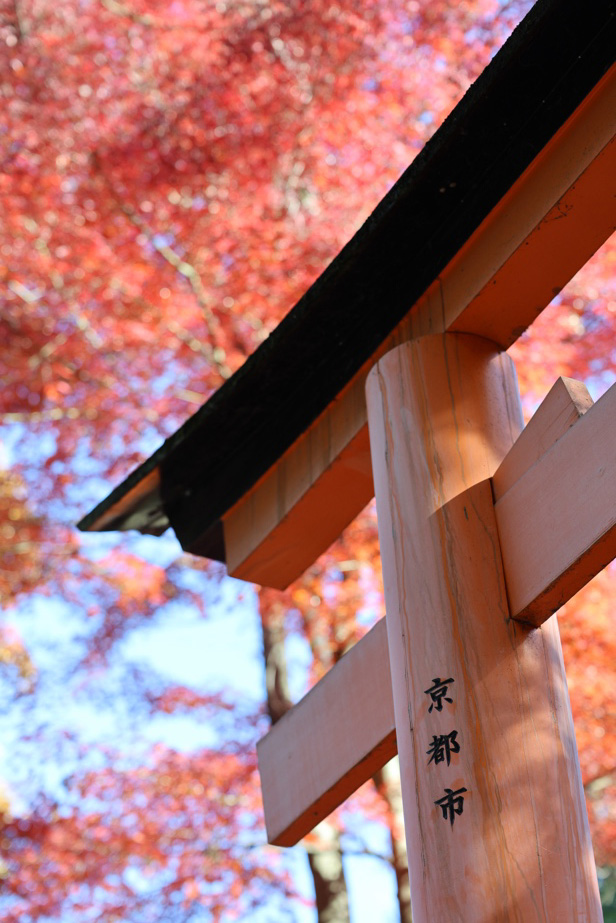

(left) Kyoto (right) Nara
Click here to read other stories
Nagoya University Graduate School of Medicine